The Christmas Tree Patch Offers Variety, Sustainability and Family Experience

Photo by Justin Kase Conder
John Hall, a now-retired county extension agent, never intended to get serious about the Christmas tree business. He had many farmers asking him about growing trees, he says, “so I planted an acre to prove it could be done.”
That was back in 1986, and he’s been in the business ever since. His choose-and-cut farm, The Christmas Tree Patch, is located just outside Sanford, N.C., though he draws customers from miles around. Families flock from Raleigh, Cary, Greensboro, Southern Pines, Pinehurst and more to pick the perfect Christmas tree for their home.
“It’s amazing how far people will drive,” says Hall, who opens the farm for the season each year on Thanksgiving afternoon. He’s had many of the same customers coming for 20 years, always on that day, he says.
Hall doesn’t sell anything he doesn’t grow. On a good year, he has about 175 to 200 trees. However, the farm fell victim to Hurricane Florence’s rain and winds last fall, resulting in a loss of about 300 trees, so supply will be shorter this season.
See more: Why You Should Buy a Real North Carolina Christmas Tree
Different Trees for Different Folks
When you’re considering buying a tree, Hall says you should think about how long you want it to last, what you’re looking for in terms of shape and color, and whether you want that true Christmas tree scent (or not, if you’re allergic).
Fraser firs, which are native to North Carolina, are the top variety grown at most tree farms in higher elevations of the western part of the state. Hall preferred to do things a little differently, however, experimenting with other varieties until he found a few beauties that stuck.
He began with Eastern red cedar, a popular Christmas tree in the South back in the 1980s. They looked beautiful, but they didn’t last very long once they were cut, which became a problem as the holiday season began to start earlier and earlier.
“When I was growing up, people put up a tree only a week before Christmas and took them down before New Year’s,” Hall says.
See more: Christmas Tree Tips
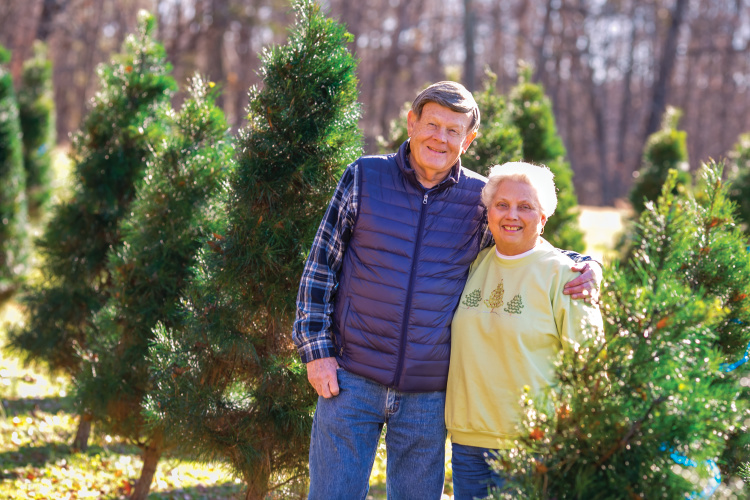
Photo by Justin Kase Conder
When customers began coming in the middle of November and wanting to cut a red cedar, they weren’t lasting through the holiday season – so he replaced them with a similar variety called Leyland cypress, which doesn’t dry out, shed needles or produce any pollen. Leylands became a best-seller for Hall and have now taken over the market in the eastern side of the state, he says.
In addition to Leylands, Hall also grows a few other varieties: Carolina Sapphire, a juniper-like tree that looks like a cedar but has a bluish-green tint and an almost minty aroma; and a Blue Ice Juniper, which is similar to a Carolina, holds up well and has a deep Christmas tree scent.
Hall used to have a large crop of white pines, as well, but has since cut back, as they take too long to grow (only about 1 foot per year, meaning eight to nine years before maturity). He sells some Virginia Pine, as they grow faster – reaching maturity in four to five years – but notes that they’re not for the Christmas-decorations-on-Thanksgiving types, as they won’t last as long as a Leyland Cypress.
See more: Farm Facts: Christmas Trees
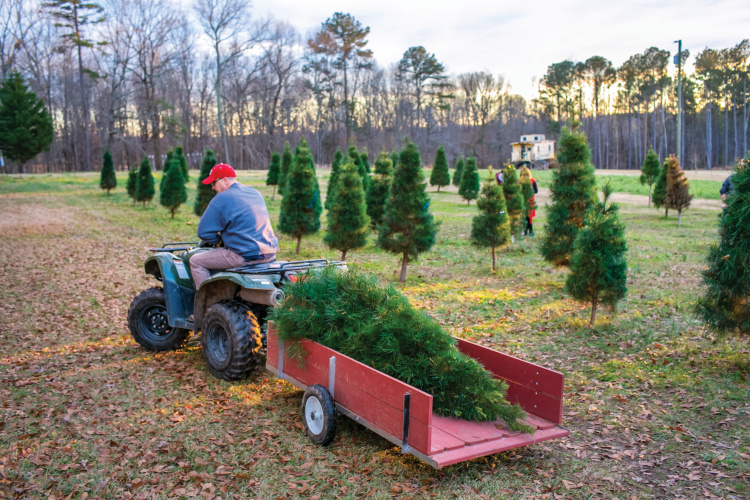
Photo by Justin Kase Conder
All in the Family
Over the last few years, Hall says he’s noticed a trend of more young families coming to the farm for the experience of choosing and cutting their own Christmas tree. “Anyone can go to a sales lot and get a tree from North Carolina,” he says, “but when you can bring the kids out, let them run, cut their own tree and take it home – that’s what really sells.”
Hall operates the business during the holidays with his wife, Linda, along with two of his daughters who live in the area and their children. “We put them all to work in selling season,” Hall jokes.
While the Christmas Tree Patch doesn’t do any big events, they do offer treats like hot apple cider on occasion and encourage families to bring cameras to take photos. A big hit is always the “tree shaker,” a machine that shakes the tree before it’s netted to get rid of any birds’ nests or debris. “Kids start laughing and think the tree is dancing,” Hall says.
See more: Celebrate the Holidays Coastal Style with a Crab Pot Tree

Photo by Justin Kase Conder
Going Real Means Going Green
The Christmas Tree Patch employs a few simple sustainability measures.
“We do the best we can conserving the soil, keeping the ground cover, not overfertilizing, keeping the soil pH correct and using as little chemicals as possible,” Hall says. The family is focused on protecting the environment, including animals and insects, to the best of their ability while raising a healthy tree crop, Hall says.
“A lot of people have this idea that you go out and plant trees, then come back in five years and collect the money,” Hall says. “But unless you do it and grow a quality tree, you have no idea what labor goes into it.”
He jokes that he probably makes $1 an hour, given all the time he spends mowing and pruning the farm year round. He’s also helped others around the state start their own Christmas tree farms. For Hall, it’s not about the profit. It’s about the satisfaction of the growing process, being out in nature and bringing joy to families’ faces come holiday time.
“If you don’t enjoy the work,” he says, “you don’t need to mess with Christmas trees.”
– Kelsey Ogletree
The Christmas Tree Patch Location: 1747 Henley Rd., Sanford, NC Phone: (919) 770-0124 Website: christmastreepatch.com Hours: 2 p.m. to dark on Thanksgiving; holiday season, Fridays and Saturdays, 10 a.m. to dark; Sundays, 1 p.m. to dark; other times by appointment only Cost: $8 per foot (i.e., an 8-foot tree would be $64)If You Go...



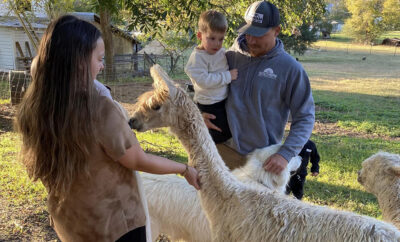


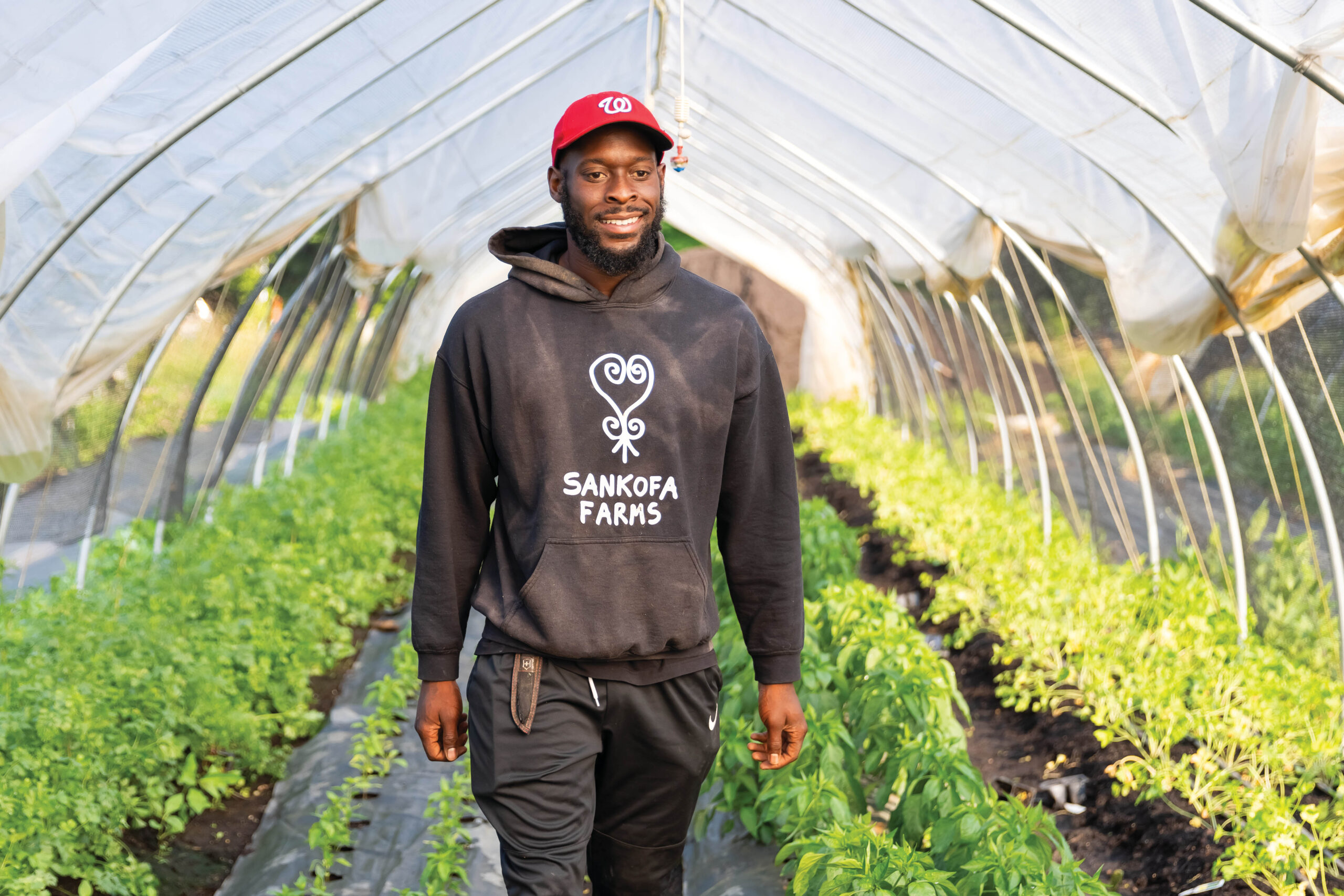
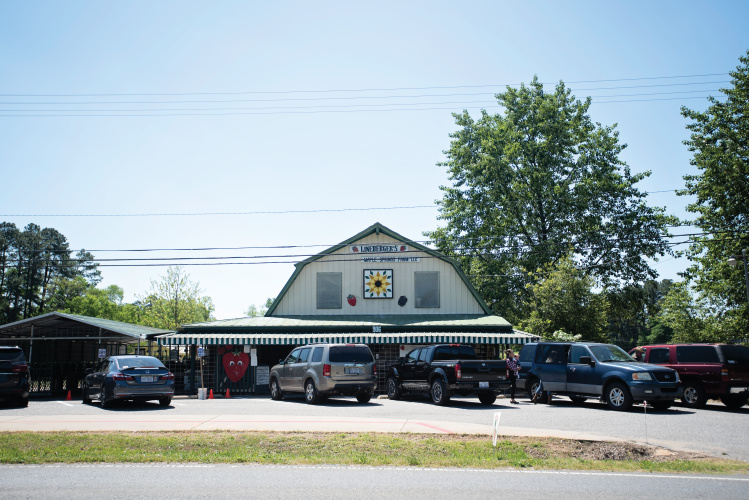
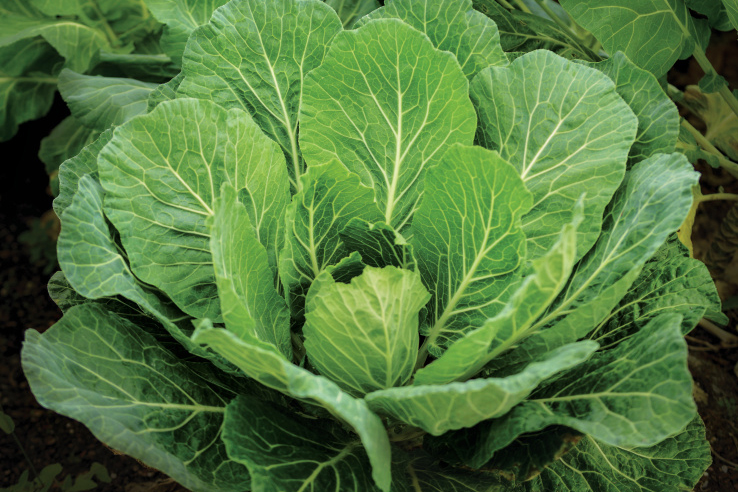
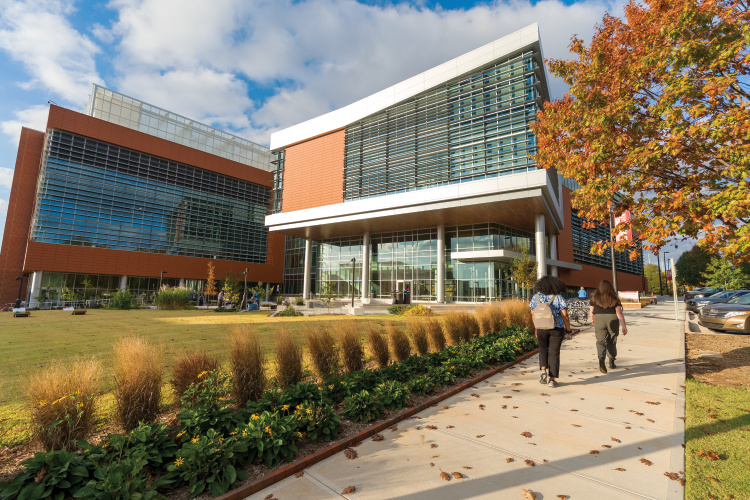


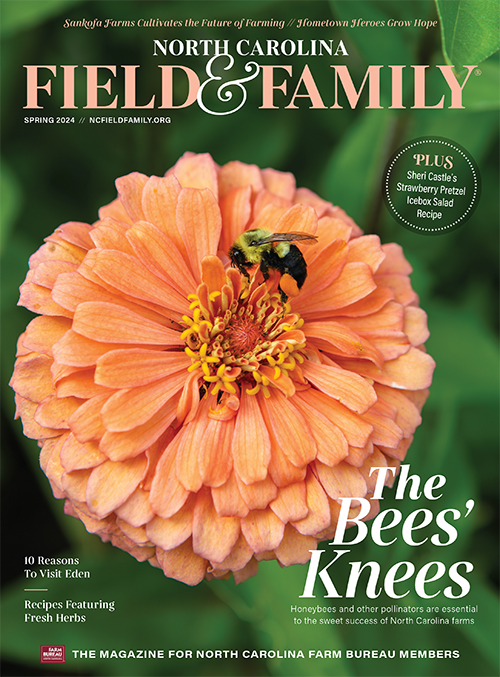 North Carolina Field and Family magazine highlights farms and foods, events and attractions, and interesting people and places throughout the state.
North Carolina Field and Family magazine highlights farms and foods, events and attractions, and interesting people and places throughout the state.
Pingback: Pure kana cbd